Spotlight: Frank Cullen Wants to Teach You the Joys of Surfing at Rockaway Beach
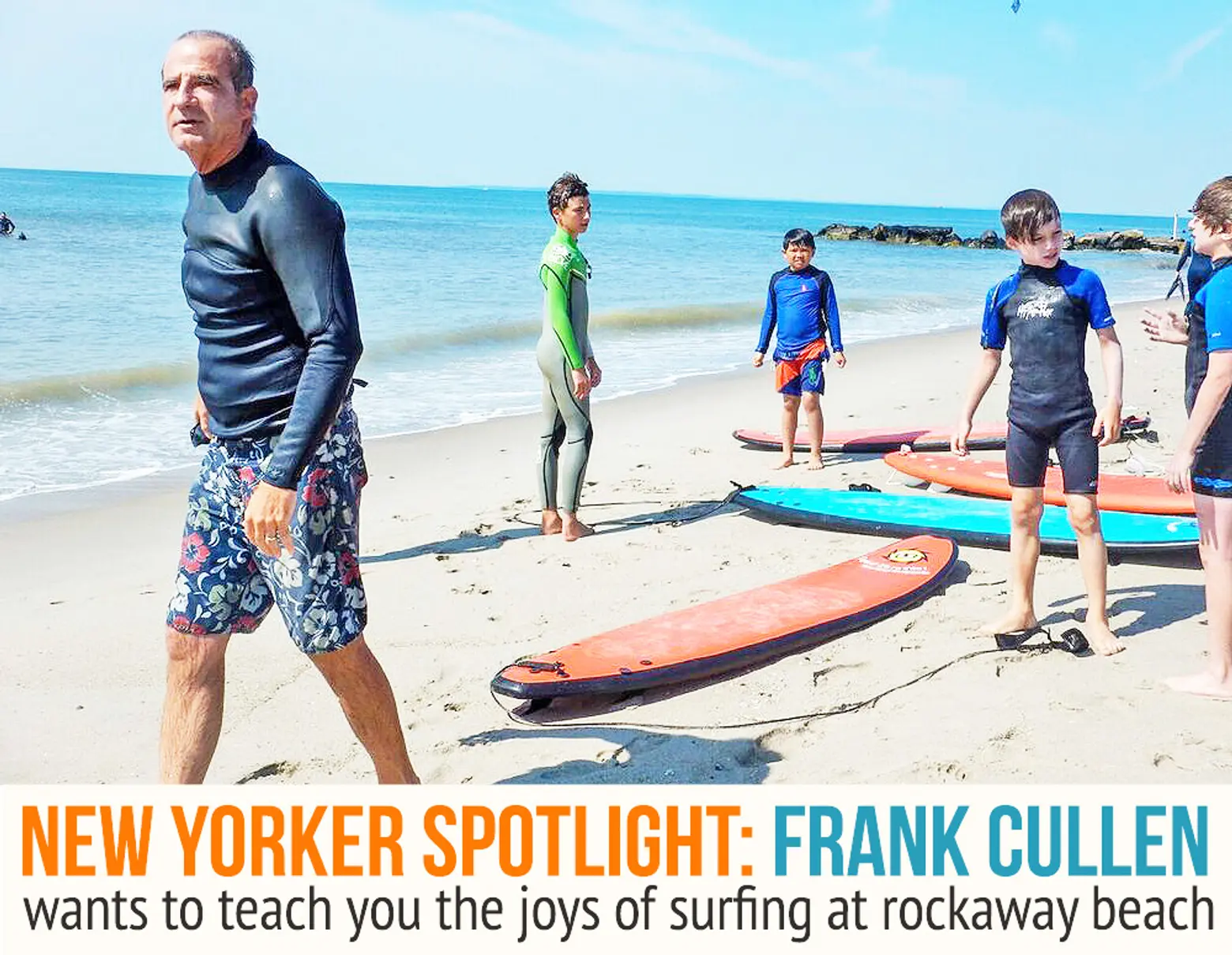
While temperatures outside are still a bit chilly, New York’s devoted wetsuit-clad surfers at Rockaway Beach are not deterred. Right now they have plenty of room in the water, but in the next few weeks there will be a bit more traffic when the busy summer crowds arrive at this popular surf spot. Amongst the experienced longboarders and shortboarders, there will be a fair number of newbies who’ll be starting their surfing journey under the guidance of Frank Cullen and the New York Surf School.
Frank has deep roots at Rockaway Beach. He first began surfing with the local guys during summers and later founded the New York Surf School there. When not out teaching kids and adults how to catch a wave, Frank is also a real estate broker working in Rockaway and parts of Brooklyn. Given his connection to the beach as a surfer and local resident, while also dabbling in local real estate, it goes without saying that he possesses a unique perspective on the changes taking place at Rockaway Beach.
6sqft recently spoke with Frank to find out more about surfing at Rockaway Beach, the New York Surf School, and to find out how he thinks the neighborhood will continue to change in the coming years.
How does a lifelong New Yorker become interested in surfing?
Frank: Rockaway Beach was our summer town and it was where we spent that time growing up. After school—and actually my son’s doing the same thing I did—we’d get a bungalow down in Rockaway Beach and we’d be there from the day after school let out ’til the day before school. The family that owned the house surfed and we all used to hang out together and just got into it with them. There’s a very strong surfing community that’s been down in Rockaway Beach since the late 50s/early 60s. It’s probably one of the places to get it right after California and Hawaii, where surfing really took off probably in the 40s and 50s. The infrastructure of a surf community has been in Rockaway. The kids growing up now are third generation surfers.
What was Rockaway Beach like back then?
Frank: Even into the 80s, there were just two groups of people. You had what we called the “Rockaway people,” which were the local guys, and then you called everybody else “the city people,” which would be anybody not from Rockaway. You knew everybody. You’d go paddle out, and you’d know every single person in the water whether you hung out with them or not, you just knew who they were and recognized their board.
It’s almost the reverse now, to the point where you don’t recognize anybody. There are a lot more women in the water than there were back, say, in the 80s. And back then it was probably a 90/10 percent guy/girl ratio, maybe even more than that. You knew every single girl that surfed. Now it’s just almost 50/50 or 60/40 split on any given day.
When is the surf season in New York?
Frank: It’s now become a year round and each season has its own special thing about it. When we first started surfing year round, you needed 2-3 guys to get you into a wetsuit and they were bulky and heavy. You were warm and it was amazing to be able to do it, but now the suits are just so light and they’re not restrictive or cumbersome, so a lot of people are surfing year round. In the winter it’s less crowded and the waves are better. Summer is kind of the fun time where you can come hang out at the beach for the day and just bring your board, surf a couple of times in and out. Fall is probably the best season where we get the hurricane surf and the water is still warm. It’s as warm as it is in the summer, but the surf really picks up when those big low pressure systems come up.
Who makes up the Rockaway Beach surfing community?
Frank: It’s anyone that anyone can imagine. If you stood in Soho and just looked at people walking by, that could be the demographic of the surf line-up in Rockaway now. I see people that work in Manhattan that are on their way to work at 8 a.m. after being in the water at 6 a.m. They’re dressed, putting their stuff away and jumping on the train.
Do surfers spend a lot of time in touch with the weather?
Frank: Even with all the technology now, you still need to know which way the wind is going to blow, at what hours it’s going to blow in what direction, which tides come, how big is the low, which way is it moving, how far out to sea… You’re almost a meteorologist and when we were younger surfers, that was the only way to do it. For surf predictions, there were guys you knew who were really good at it. I was actually pretty good at it myself. When Surfline started, it was a fax that let you know if there was going to be waves or not for your particular location. Now you can look at your phone for the waves of any particular surf spot you want to go to.
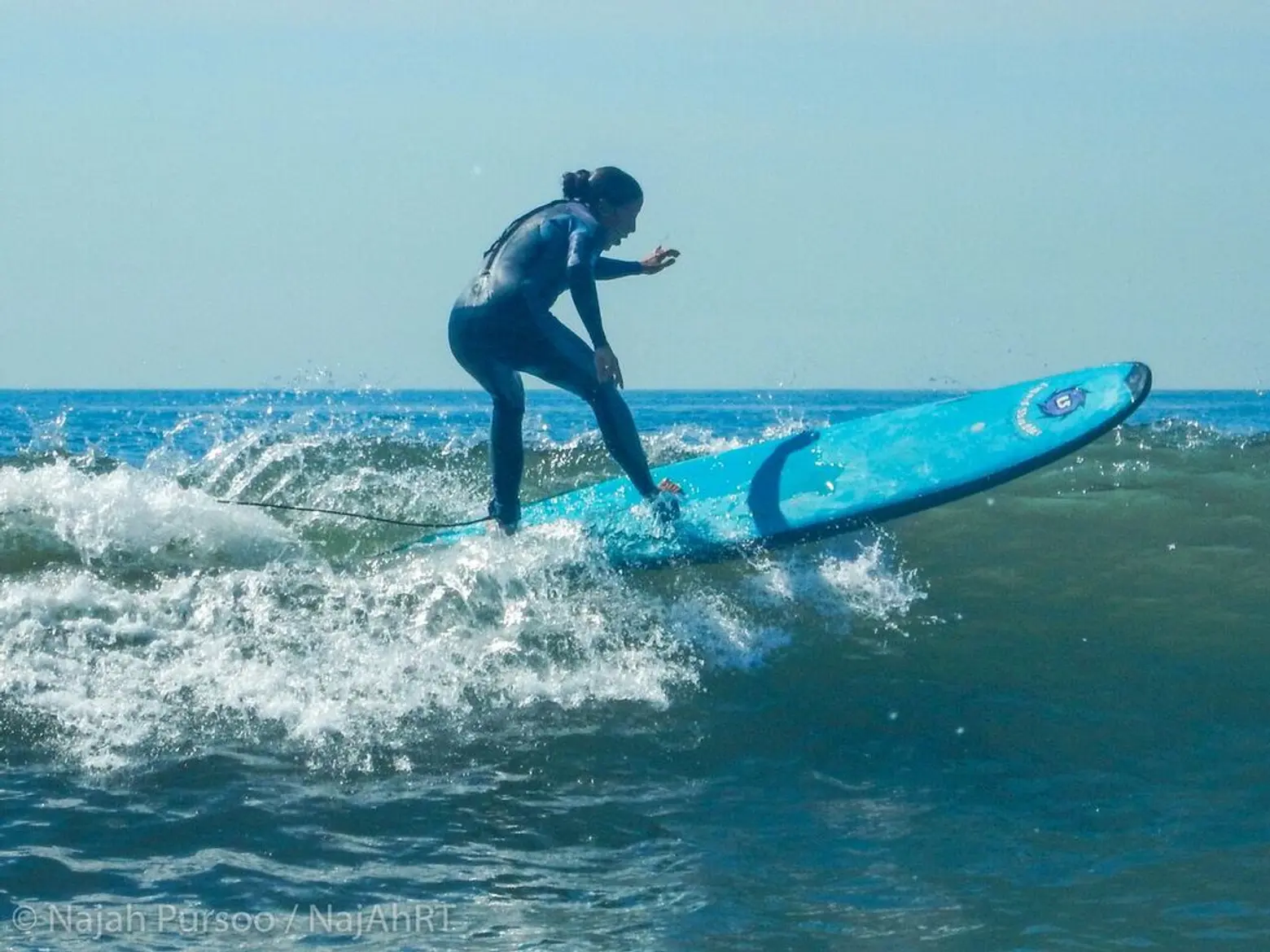
For those unfamiliar with surfing, what is the difference between a longboard and shortboard, and is one more popular at Rockaway Beach than the other?
Frank: Longboard, it’s more of kind of an aesthetic dance on the board because you have so much board. You’ll see the guys nose riding and doing what they call cross stepping, moving back and forth. On the short boards your two feet are set in one spot and you just try to kit every part of the wave. Kind of just cruising to ripping, that type of thing.
When you get to a place like Southern California, you can pretty much lock into a particular type of board. Like shortboards generally work in surf that’s stomach high or better. We have a lot of small days here, so a lot of people that prefer shortboards do have longboards. In a lot of other places there’s a kind of competitiveness between long and short boards. You don’t really see that here that much, being that a lot of the younger guys will surf on longboards on small wave days.
What types of lessons does the New York Surf School offer?
Frank: In the summer time we’ll have the surf camps which run Monday through Friday, and you can come for single day, half week any given three days of a week, or five days. On weekends, it is predominantly just adults that come out. We can handle really any amount of people. We’ve done quite a few bachelorette parties, corporate events. We have enough boards and enough instructors. Normally we host probably around 20-25 people on any given day. There is a lot of responsibility that goes with that. You’re dealing with the ocean so as much as you’re having fun, we have to really take care of the students that are coming out.
I can’t tell you how many emails I get that say “You know, we were down in Costa Rica on vacation, Hawaii or San Diego” and said they took a surf lesson, they loved it and “we googled surfing in New York and found you guys and we want to continue surfing.” That’s actually a very common way of people reaching us. We get plenty of people too that realize you can surf here and come out.
Is there something New Yorkers need to let go of when they learn to surf?
Frank: Not being afraid to challenge yourself, to step into something. Because when you challenge yourself into something that’s unknown, there is the potential for failure and nobody really wants that. Just get out there because the reward is so high. I can’t tell you how many people that have come out that are like, “I’ve been telling myself for a year-and-a-half I’m going to do this,” and then they finally do it and say they’re so glad that they went ahead and did it.
Are you surprised by the changes around Rockaway Beach?
Frank: It’s funny because everybody was waiting for what’s happening now. And what’s happening now is not even the tip of the iceberg—give it about another five years. I know local people that own lots and were originally hoping for casino gambling to come down when they were talking about putting it up like Atlantic City. They were talking about Rockaway as being a potential place for legalized gambling. People were holding onto lots for that, holding onto lots for hotels and those things that never came; 20, 30 years passed and nothing happened. And now just because of surfing, Rockaway will be the #1 beach in New York State in the next five years. It’s going to surpass the Hamptons and Montauk. It’s going to be the old money out east and the hip, cool, Manhattanite, Downtown Brooklyn type here. It’s just going to become so hip it’s going to become a world destination like Miami Beach in eight or nine years.
Are you seeing people purchase second homes or renting in the summer?
Frank: You’ll see a few of different things. Groups of people that will rent two- or three-bedroom apartments just as a place to store boards, watch TV and stay every now and then. People are also buying second homes in Rockaway now to keep a place for the summer, and summer rentals are coming back again. Seasonal rentals were pretty big in the 70s/early 80s and then it kind of dropped off, and what were summer rentals ended up becoming single room occupancies (SROs). Now they’re coming back as summer rentals again.
I am an agent in Rockaway and in Brooklyn. The zoning for many Rockaway houses is amazing. You can have house that can be commercial, hotel and residential. A lot of the zoning is from the 1890s, so that’s pretty fascinating. You can open up a bookstore downstairs and you can rent by the day or monthly lease.
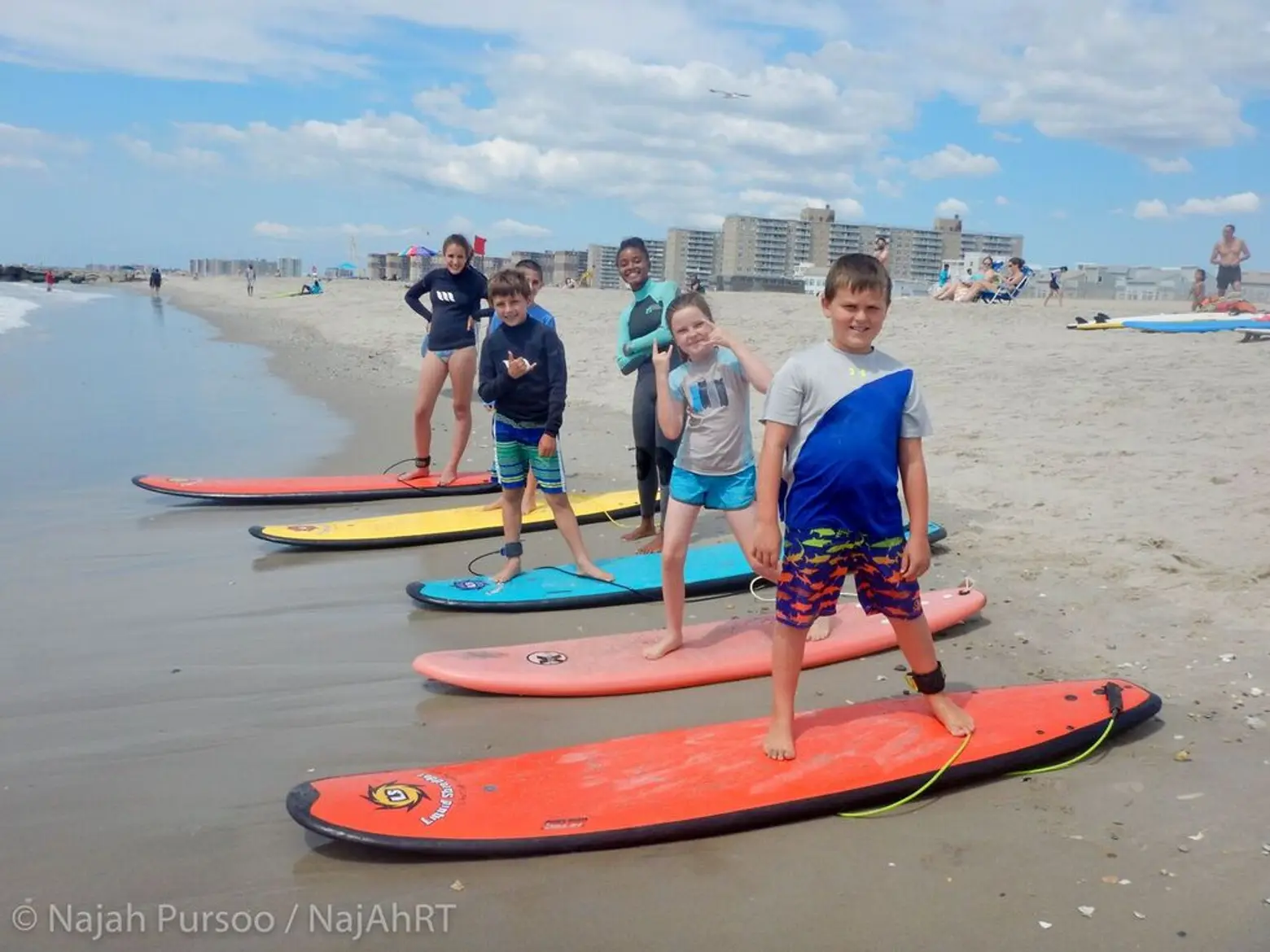
What does sharing surfing with New Yorkers mean to you?
Frank: I love teaching. I like teaching the young adults say 20s, 30s, 40s because they are really past the age when they’re learning sports. To just pick up something new, it’s so much more than just a sport or activity. It’s a true lifestyle where you’ll just move mountains so you can be in a position to surf as often as you can. I can’t tell you how many people have moved out to Rockaway just from initially taking a surf lesson. It is a life changing experience, and once that experience happens, you’re never going to be the same. You will now be living a surfing lifestyle.
+++
For more information on taking a lesson with New York Surf School, click here. The school offers private and group lessons as well as camps during the summer to New Yorkers of all ages and experience levels looking to try their hand at surfing.
All images by Najah Pursoo/NajAhrt unless otherwise noted
[This interview has been edited for clarity]
READ MORE FROM 6SQFT’S NEW YORKER SPOTLIGHT SERIES:
- BioBus’ Sarah Weisberg Helps NYC Students Find Their Inner Scientist
- Beekeeper Andrew Coté Gives Us the Buzz on Raising Honeybees in the City
- Ron Ben-Israel on the Art and Architecture of Creating a Wedding Cake
Get Inspired by NYC.
Leave a reply
Your email address will not be published.
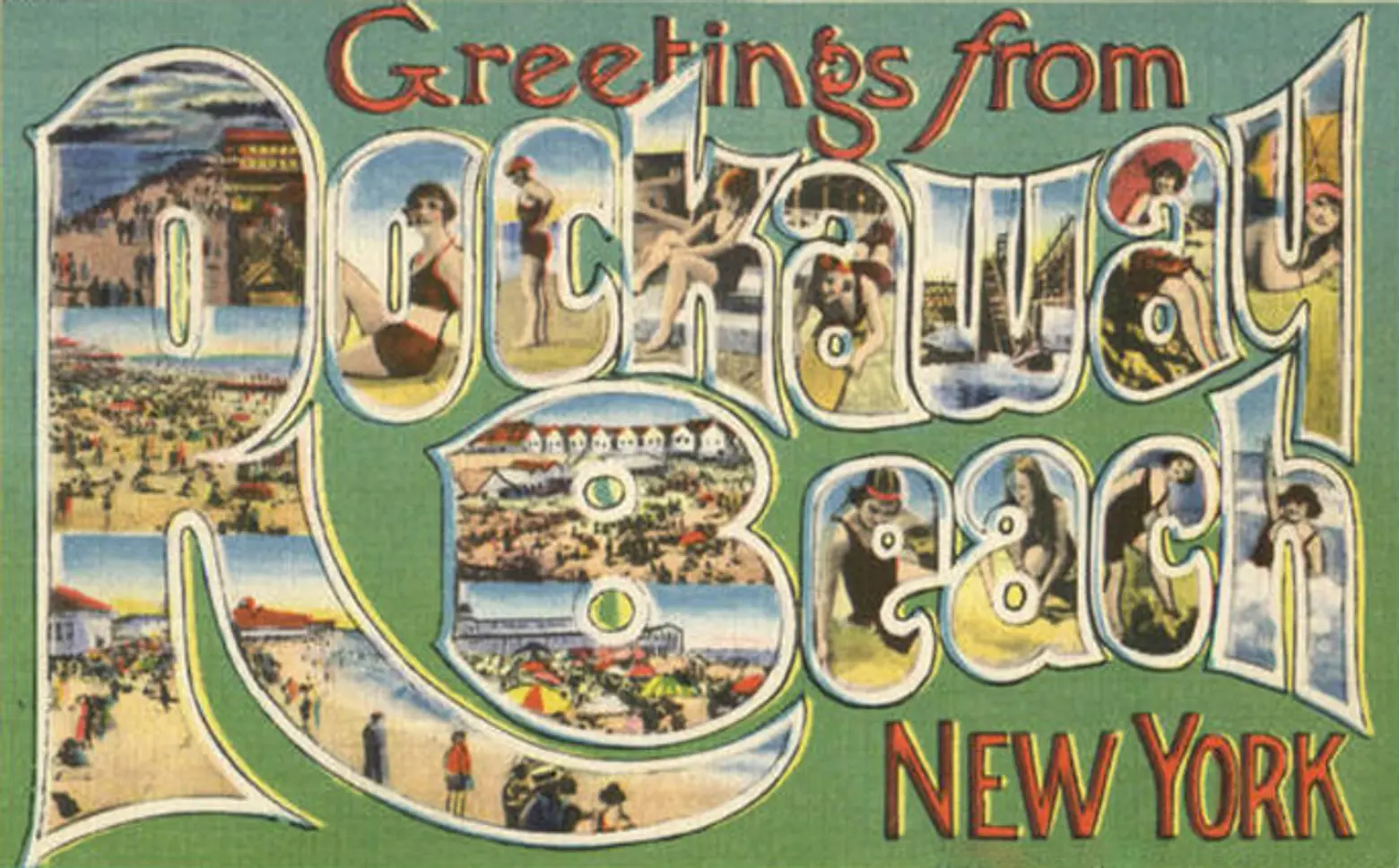
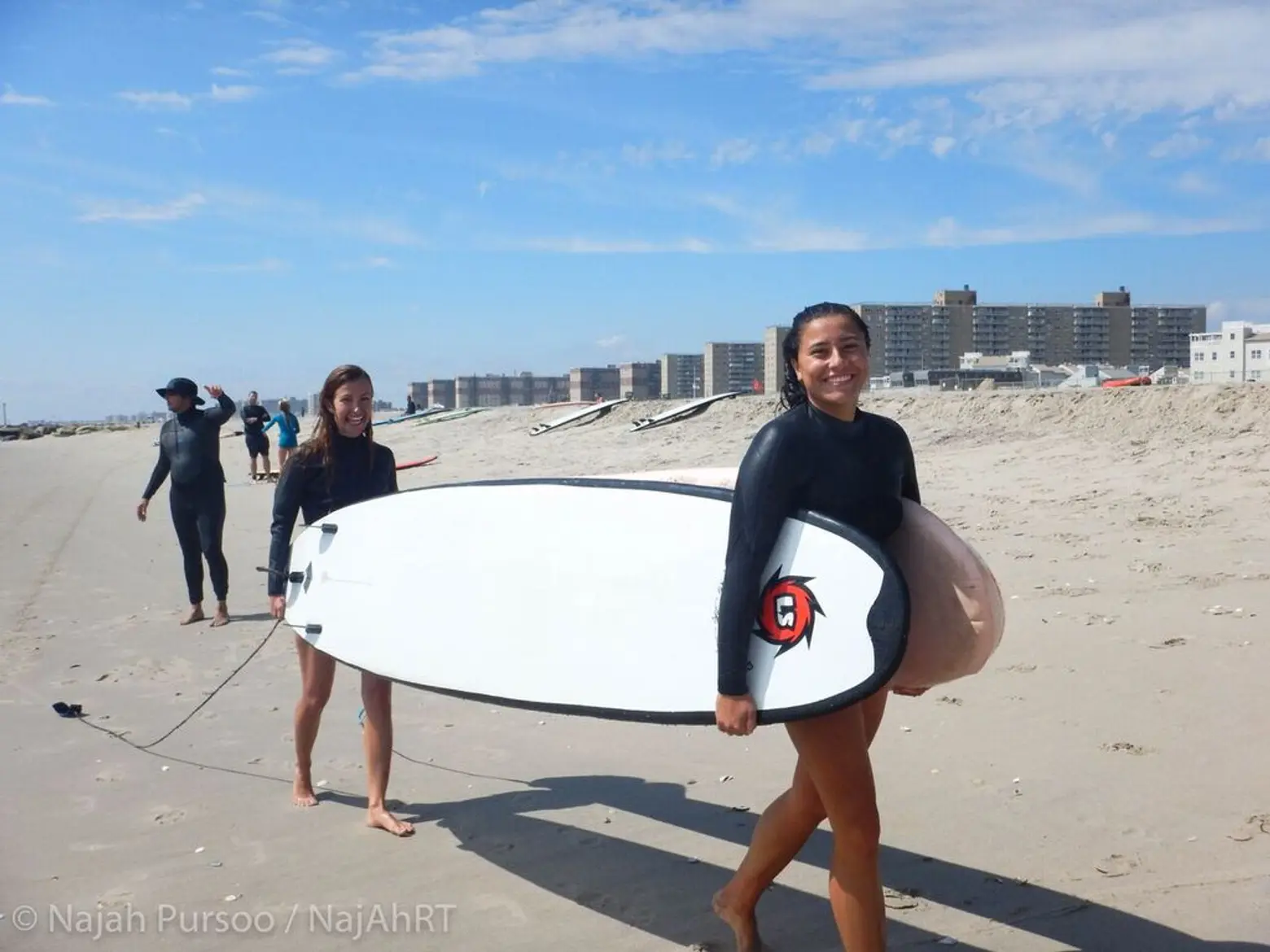
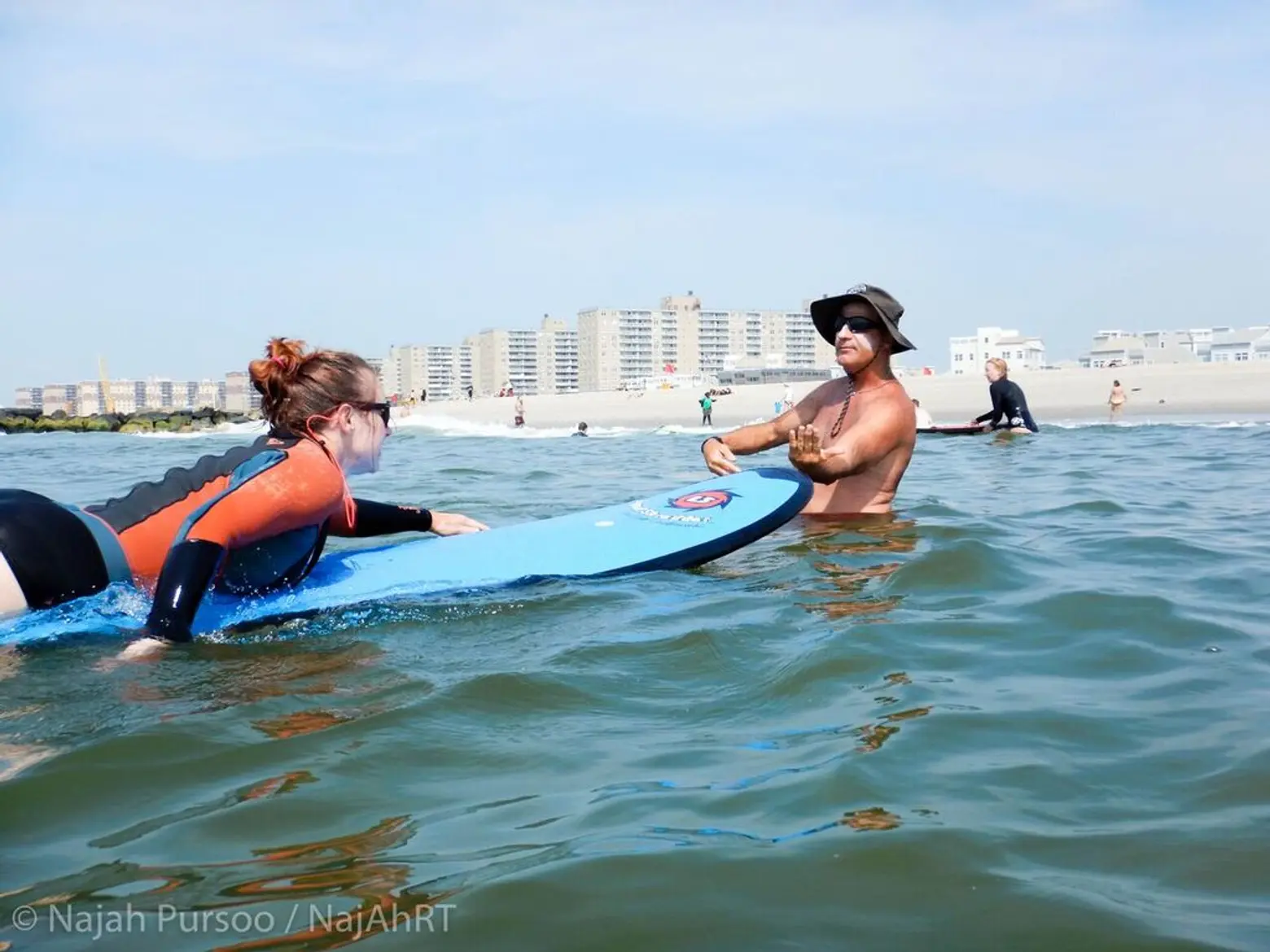
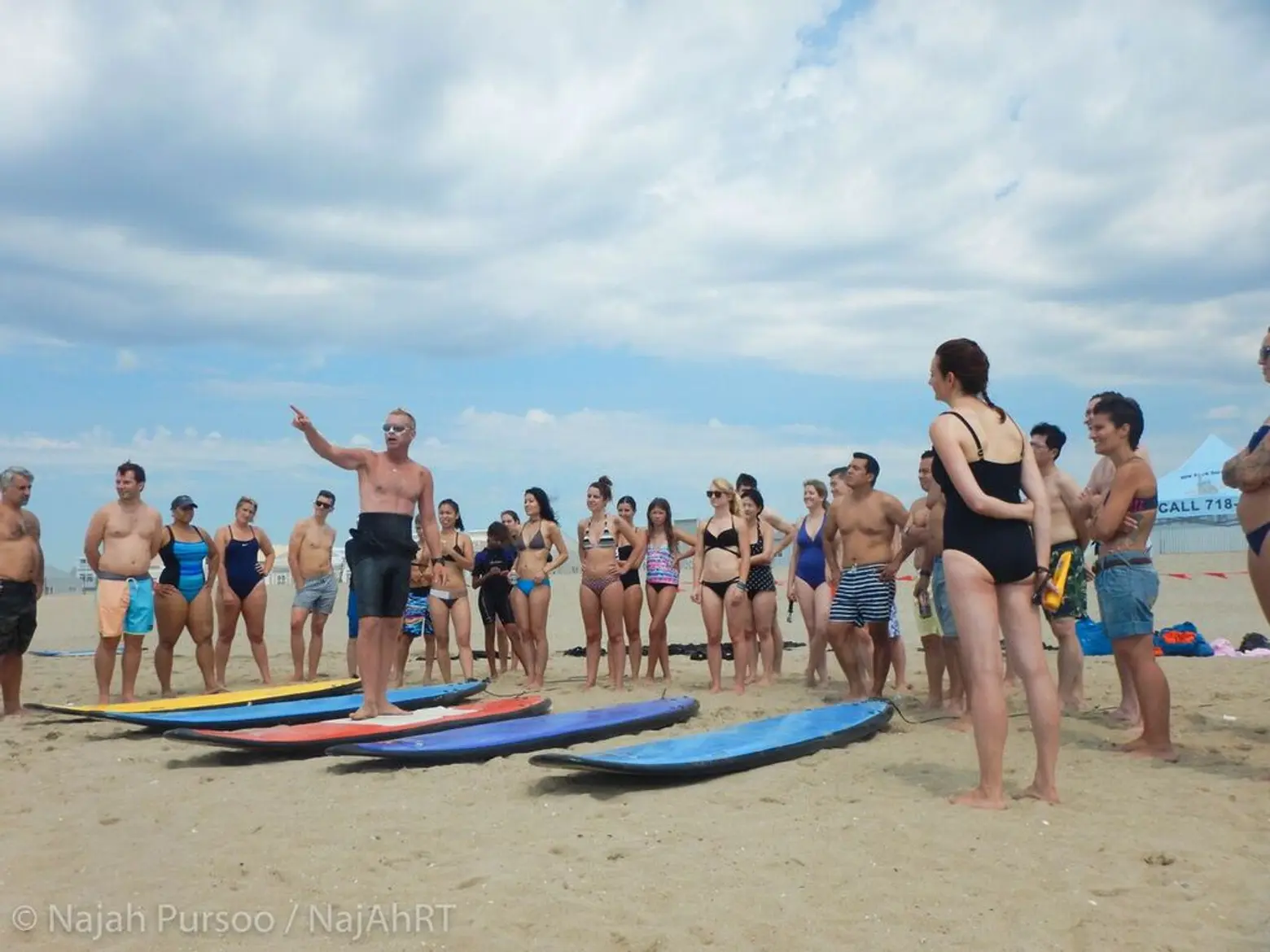
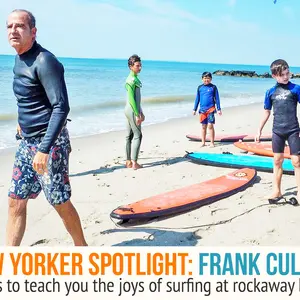
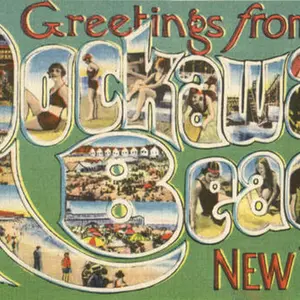
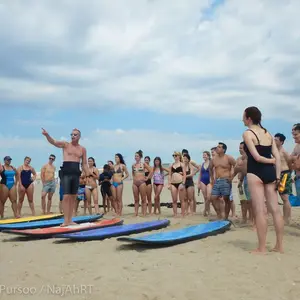
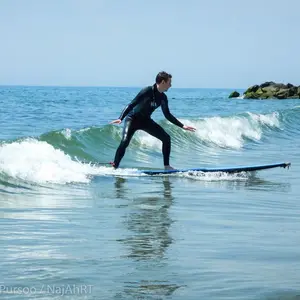
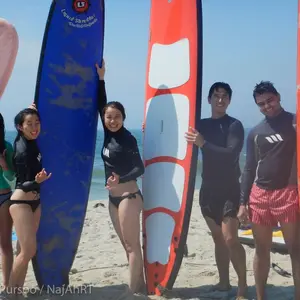
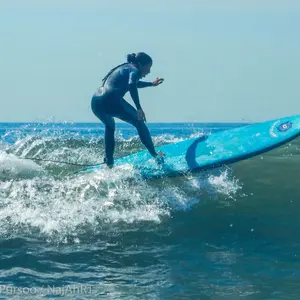
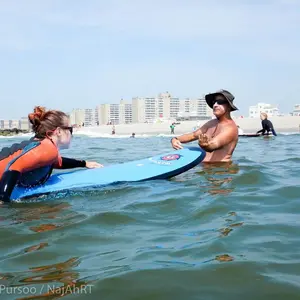
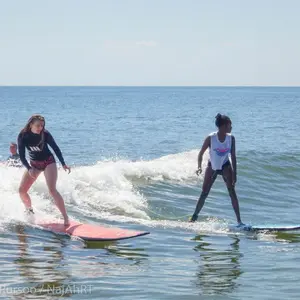
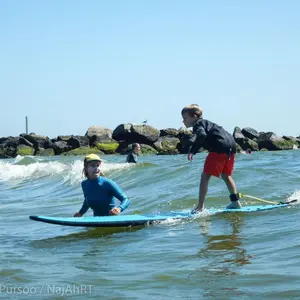
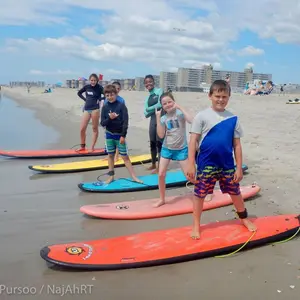
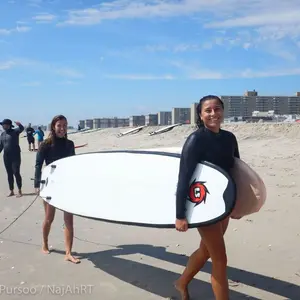
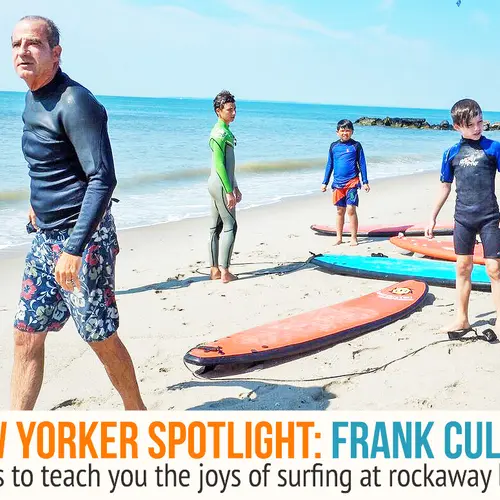
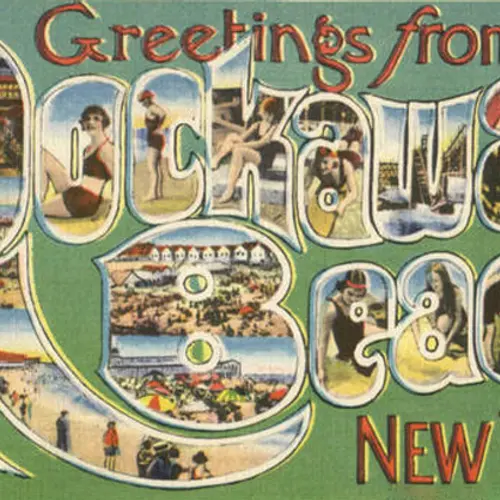
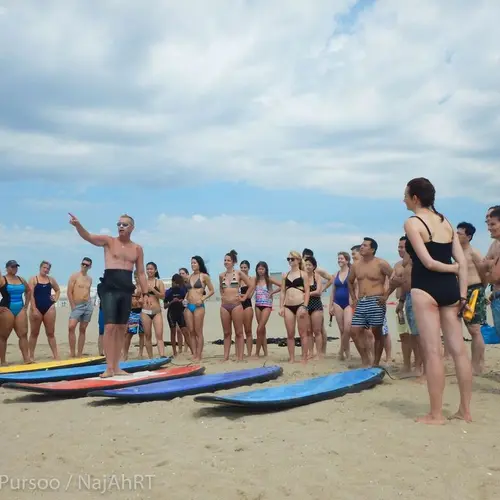
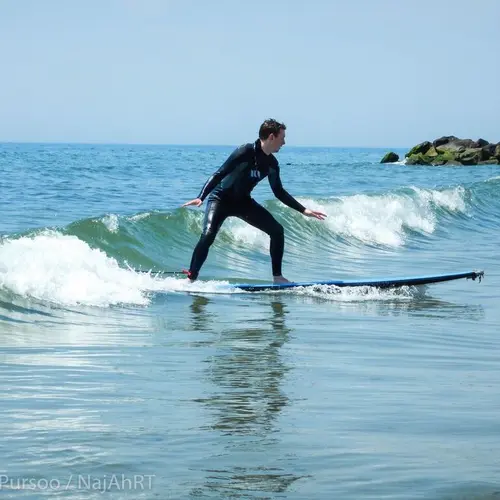
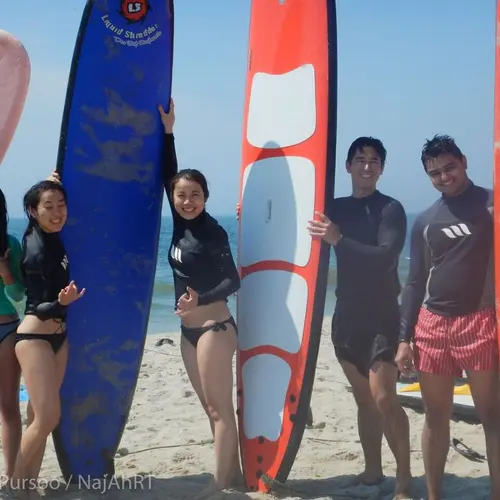
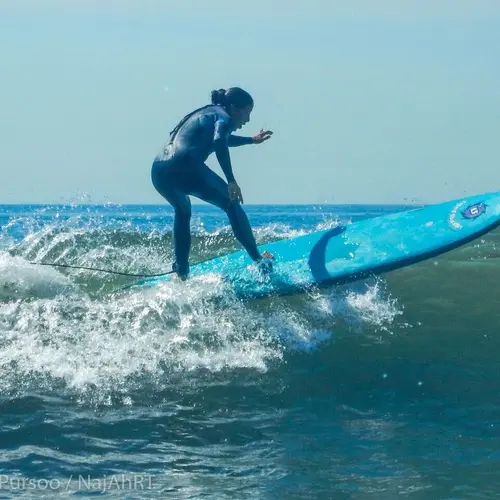
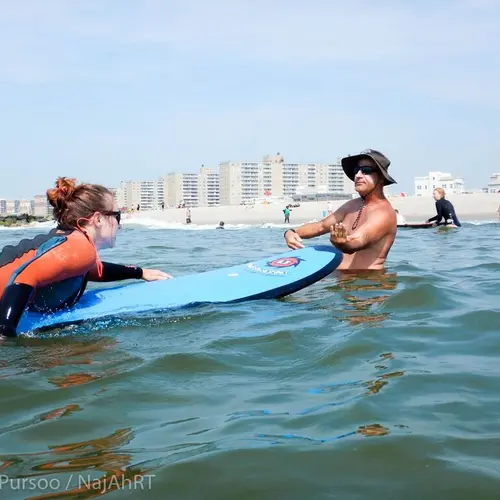
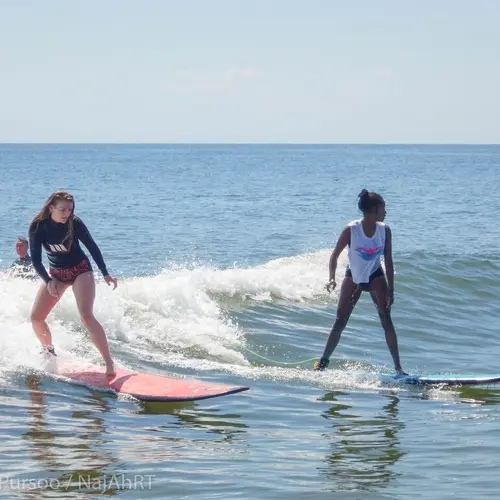
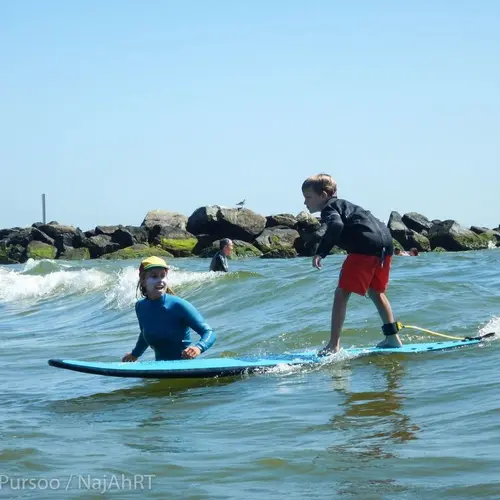
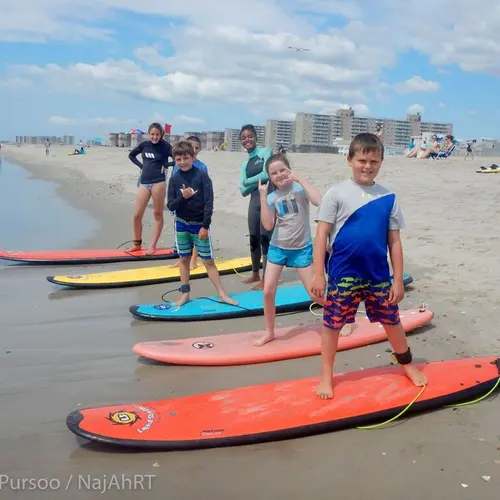
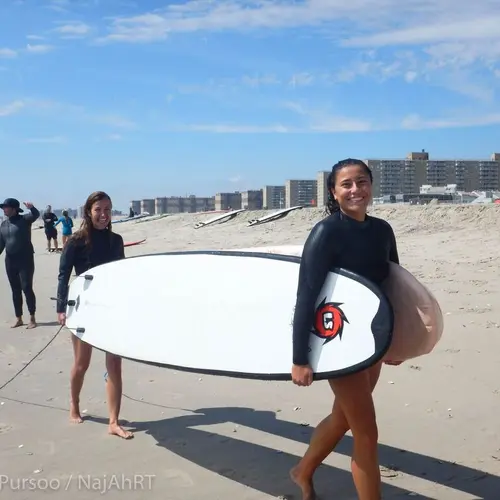















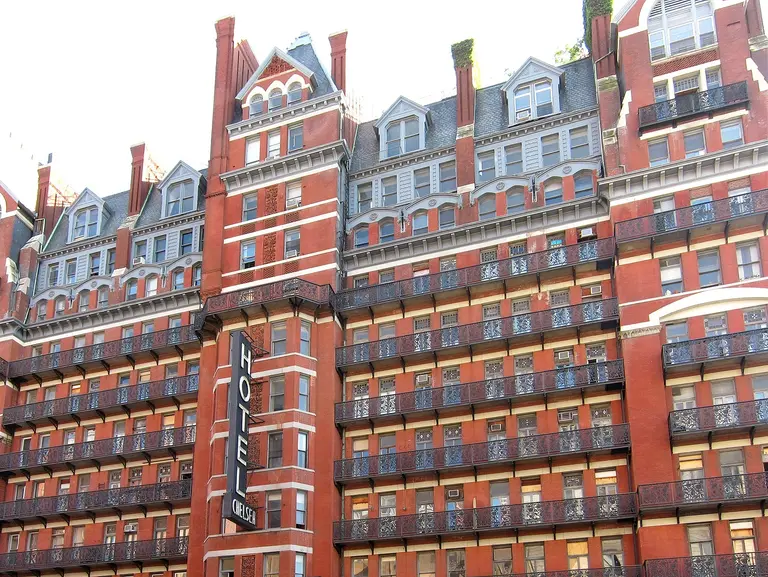













Frank is the best